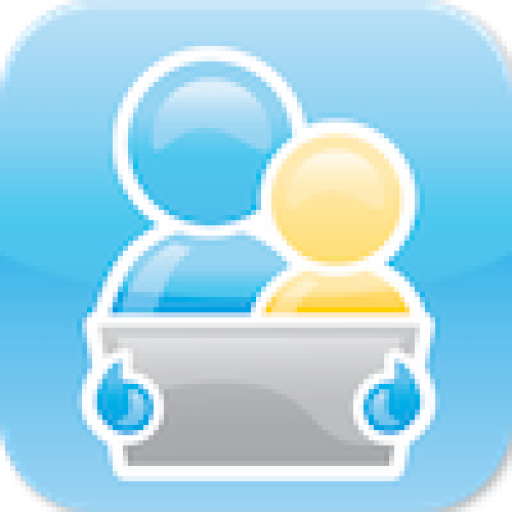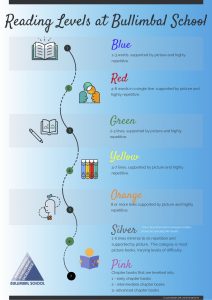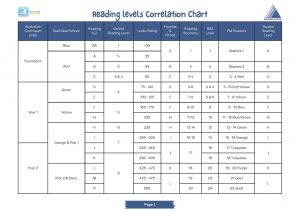In the next couple of weeks, Australian schools are heading back from summer break. As well as the usual “return to school” bits and pieces, we are also working our way through all the extra “stuff” due to COVID – as I know everyone around the world is. I hope you are all managing and staying safe.
This week I was lucky enough to be back at Bullimbal School in Tamworth – an awesome way to start the 2022 school year 🙂 It was a delight to be back with students and staff – I smiled all week! Plus they gave me a school mask – and we all love a good mask these days!

Bullimbal School has done an awesome job of organising their books at a school-wide level to support comprehensive literacy instruction with both emergent and conventional readers and writers – and I though it was time to share it on my blog in case it’s helpful to other schools!
Firstly, their library is very well organised. They have leveled all their books (except teacher reference) to assist students, and staff, to select texts. As with many schools I work with, their number of conventional readers and writers has increased, and the need to be able to provide books “at or below their reading level” (Erickson & Koppenhaver, 2019) for those students has also increased! Leveling allows students and staff to be more confident that they are meeting that guideline.
When Bullimbal started the leveling process, we had a discussion about the different schemes that schools often level books with. We also talked about the fact that many of their students prefer non-fiction and how we could increase the number of non-fiction books in the library and make them more attractive and available to students. I also showed them a document from Adelaide West Special Education Centre and discussed how they had leveled their books for conventional readers and writers.
Bullimbal School decided to go all-out and level the whole library – fiction and non-fiction. This means that books are no longer primarily organised by the first letter of the author’s name and/or subject area – but instead all books are displayed with books at a similar level. Bullimbal also decided to use colours for the levelling instead of numbers or letters.
Here’s their document listing the reading levels at their school. This is displayed in the library and in classrooms:
Each teacher establishes the appropriate reading (comprehension) level for their conventional students. Once each student has an established reading level, this is also put on their library card so that there is a quick way, in the library, to check which level they should be selecting books from. These are the books used for self-selected or independent reading. Students are also allowed to choose books at a different level to read with an adult for enjoyment, of course!

In the library, every book has a coloured dot on the spine – unless they have a coil spine and then there is a cable tie in the right colour on the coil. This clearly tells us which level each book is at. Some books are also in a coloured tub which is the same colour as their level.

And for the staff who are involved in actually levelling the books, there is an extra document that helps them determine the level at Bullimbal using other levelling schemes.
Staff at the school spent a lot of time in 2020 getting the library organised using this system. Existing books were leveled. More non-fiction books at the earlier levels were purchased. A number of books from Reading A-Z, who have a good selection of non-fiction books, were also printed. Fiction books were also added.
In 2021, the school decided that they needed an extra resource in providing texts for use in comprehensive literacy instruction. As you know for comprehension instruction, we once again need to make sure that students are working with books “at or below their reading comprehension level”. In addition, we need enough copies of each book that every student gets their hands on a copy!
Unfortunately, the Bullimbal teachers would often go to the library to find books for comprehension instruction and not have enough choice – or there wouldn’t be enough copies of the text for their group. So, they have added an extra resource in the staff work preparation area – a large number of books that are dedicated to comprehension instruction. These are leveled in the same way as the books in the library – and now the teachers have a guaranteed supply when planning and implementing comprehension instruction!

My visit this year was the first time I had seen the project completed and it looks fabulous! Once again, the books are in a coloured tub that matches their level – and I love the little cards on the front clearly telling us which books are in the tub. We all might have to consider moving to Tamworth!
I’m sure if the school identifies other needs to be solved in their school-wide book resource management they will – and I look forward to seeing what they do.
Good luck in 2022 everyone!




kath lambert
jane
Michelle Britt-Thompson
jane